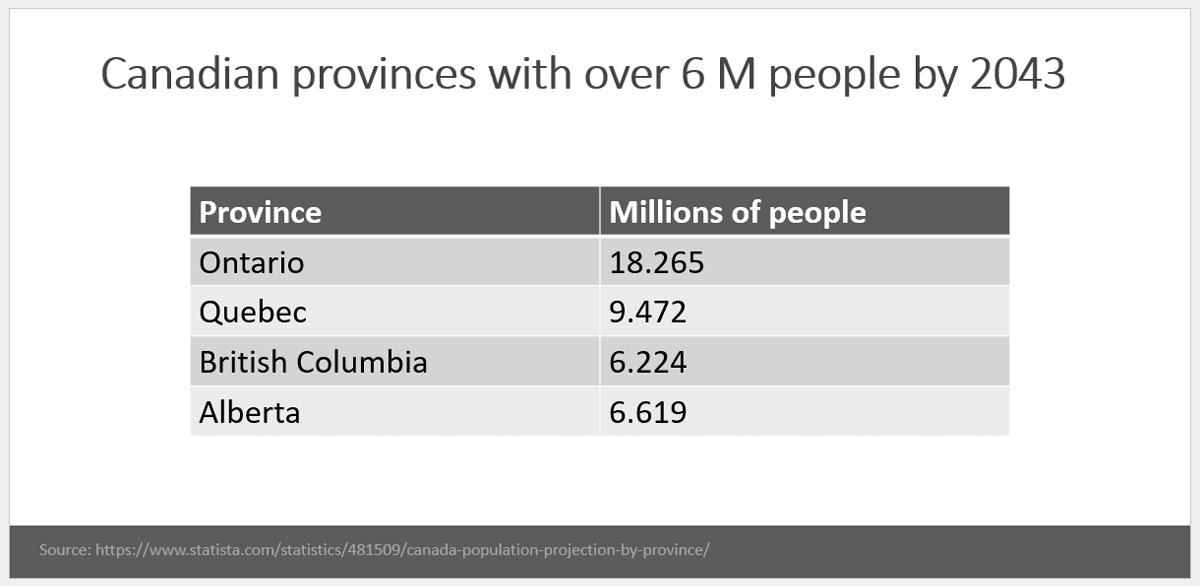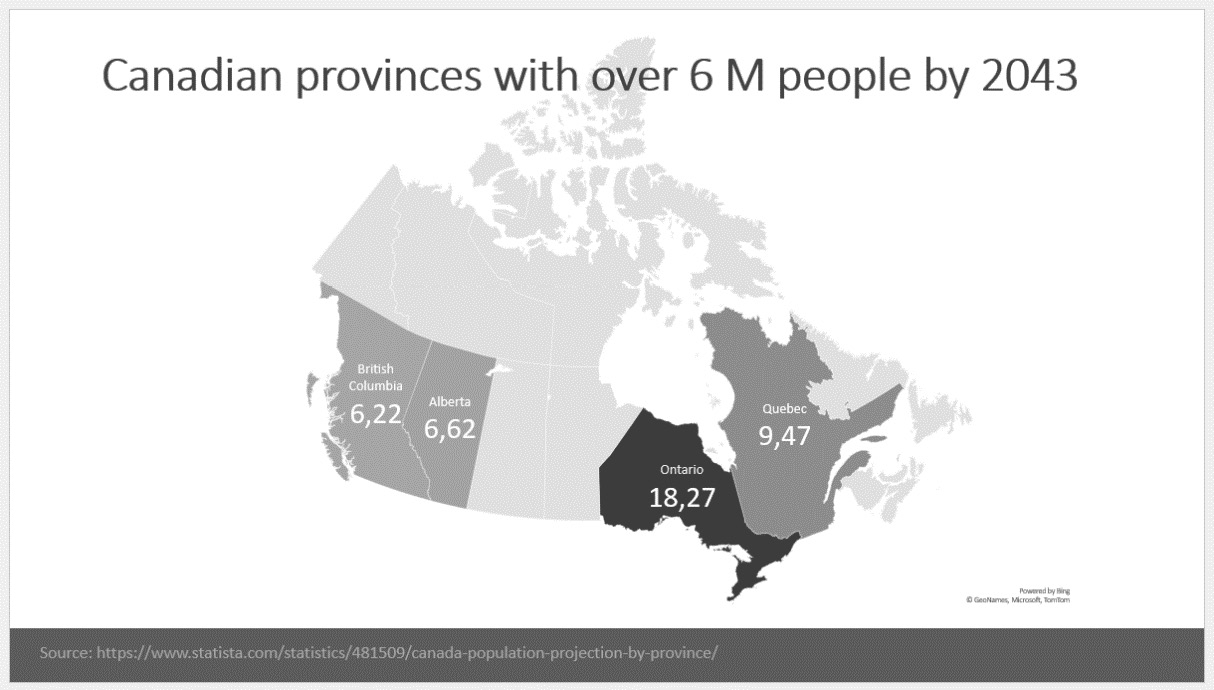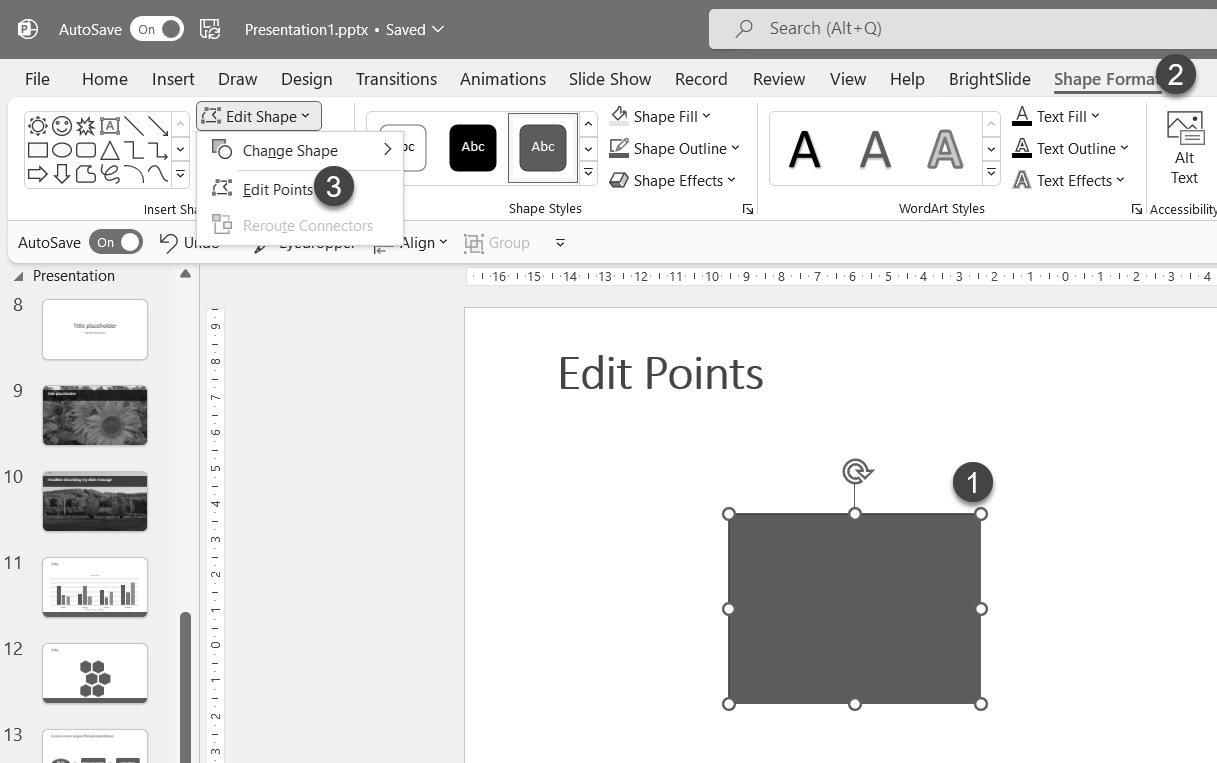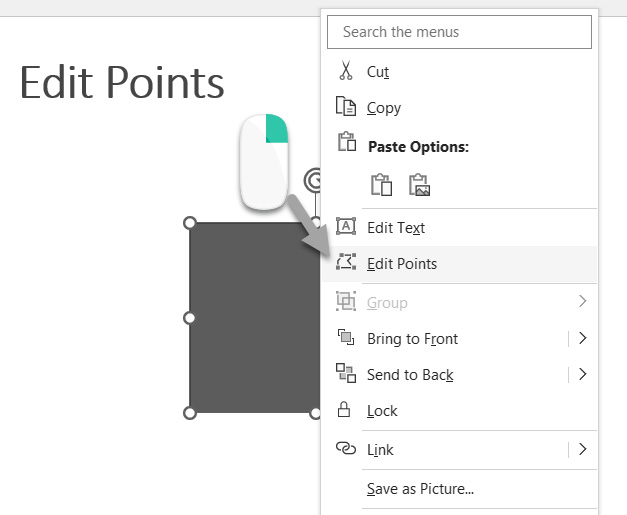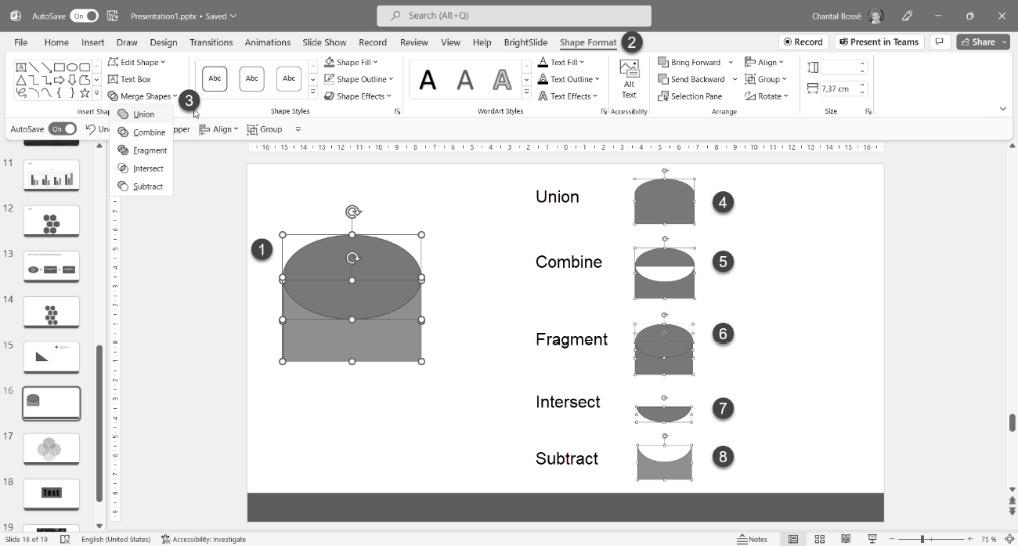Adding and Modifying Visual Elements
Even if we discussed how AI can help us improve our presentations with more visual content, we need to constantly think about how we can make our content more visual. And PowerPoint has many features that can help you create more engaging presentations right from its interface.
If you have read through Chapter 1, Analyzing Your Audience and Presentation Delivery Needs, you probably remember I mentioned how important it was to start thinking about images or visuals that came to mind while planning content for your slides. Now is the time to start using some PowerPoint features to transform sentences and bullet points into relevant visuals that will grab people’s attention and be remembered by your audience.
My goal is to help you discover some lesser-known tools, so I will not focus on adding simple shapes or inserting stock images without customizing them. In this chapter, we will discuss the following topics:
- Inserting and...

